The legacy of Chamorro culture, steeped in tradition and history, reveals a fascinating glimpse into the practices of a bygone era. Among these customs, dental modification emerges as a striking emblem of courage, social distinction, and clan identity. Despite its rarity today, this ancient practice once thrived among the Chamorros, flourishing before the dawn of the Contact Period only to fade into obscurity with the arrival of Spanish colonization.
Cherie K. Walth, a distinguished cultural resources program director, principal investigator, and project manager based in Albuquerque, New Mexico, has recently concluded a groundbreaking study on Pre-Latte period human remains discovered at Naton Beach in Guam. Reflecting on her research, Walth notes the global prevalence of utilizing teeth as tools in past cultures, shedding light on the intricate customs of ancient societies.
Dr. Rona Ikehara-Quebral, a fellow bioarchaeologist affiliated with the International Archaeological Research Institute Inc., commends Walth’s extensive work, acknowledging it as the largest sample of modified teeth ever studied from the Mariana Islands. With decades of experience analyzing human remains from diverse cultural backgrounds, Dr. Ikehara-Quebral’s collaboration underscores the significance of Walth’s findings in unraveling the mysteries of Chamorro heritage.
Drawing on research spanning three decades, Walth highlights the presence of labial abrasion in samples from Guam, a distinctive feature observed solely on the maxillary dentition. This phenomenon, documented across the Mariana Islands and among modern Micronesians and Polynesians, underscores the enduring legacy of dental modification in the region.
Yet, the origins of this ancient practice remain shrouded in mystery. Dr. Ikehara-Quebral speculates on the various motives driving the Chamorros to modify their teeth, ranging from cosmetic enhancement to markers of social status or lineage affiliation. However, the true intentions behind this practice, occurring prior to Spanish Contact, elude definitive explanation.
Delving deeper into the intricacies of dental modification, Dr. Ikehara-Quebral distinguishes between horizontal abrading and incising, two distinct techniques observed in pre-Contact dental samples from the Mariana Islands. While abrading involves concave grooves across the tooth surface, incising entails purposefully cut multi-linear patterns, each reflecting the unique cultural heritage of the Chamorros.
The complexities of dental modification extend beyond mere physical alterations, encompassing nuances of cultural identity and historical migration. As modern Chamorros grapple with the challenges of globalization and cultural preservation, the rediscovery of ancient traditions serves as a beacon of cultural resilience, guiding future generations in navigating the complexities of their heritage.
Through the meticulous research of scholars like Walth and Dr. Ikehara-Quebral, the legacy of dental modification is preserved for posterity, offering valuable insights into the rich tapestry of Chamorro history. As the Chamorro people strive to reclaim their cultural heritage in an ever-changing world, the echoes of their ancestors’ customs resonate, inspiring a renewed appreciation for the traditions that define them.



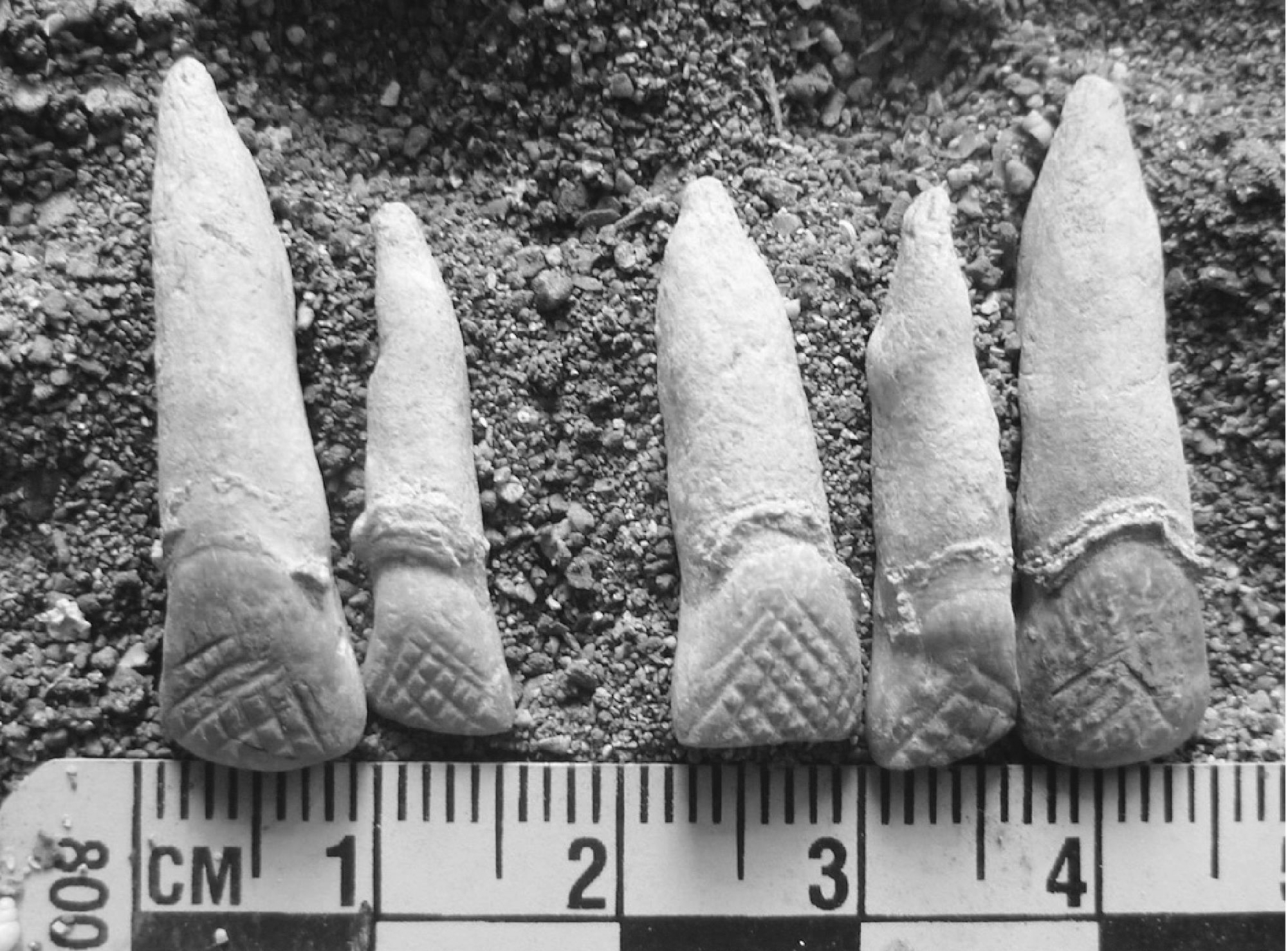
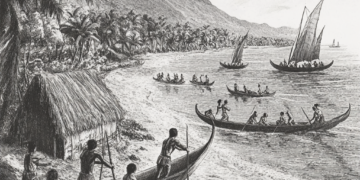
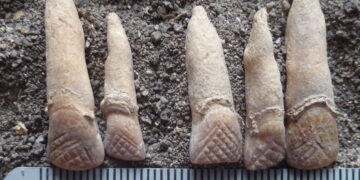

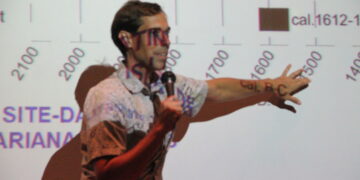
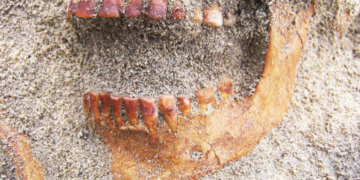
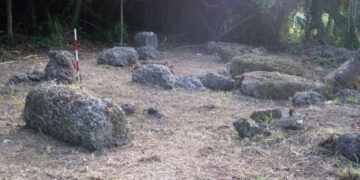



Discussion about this post